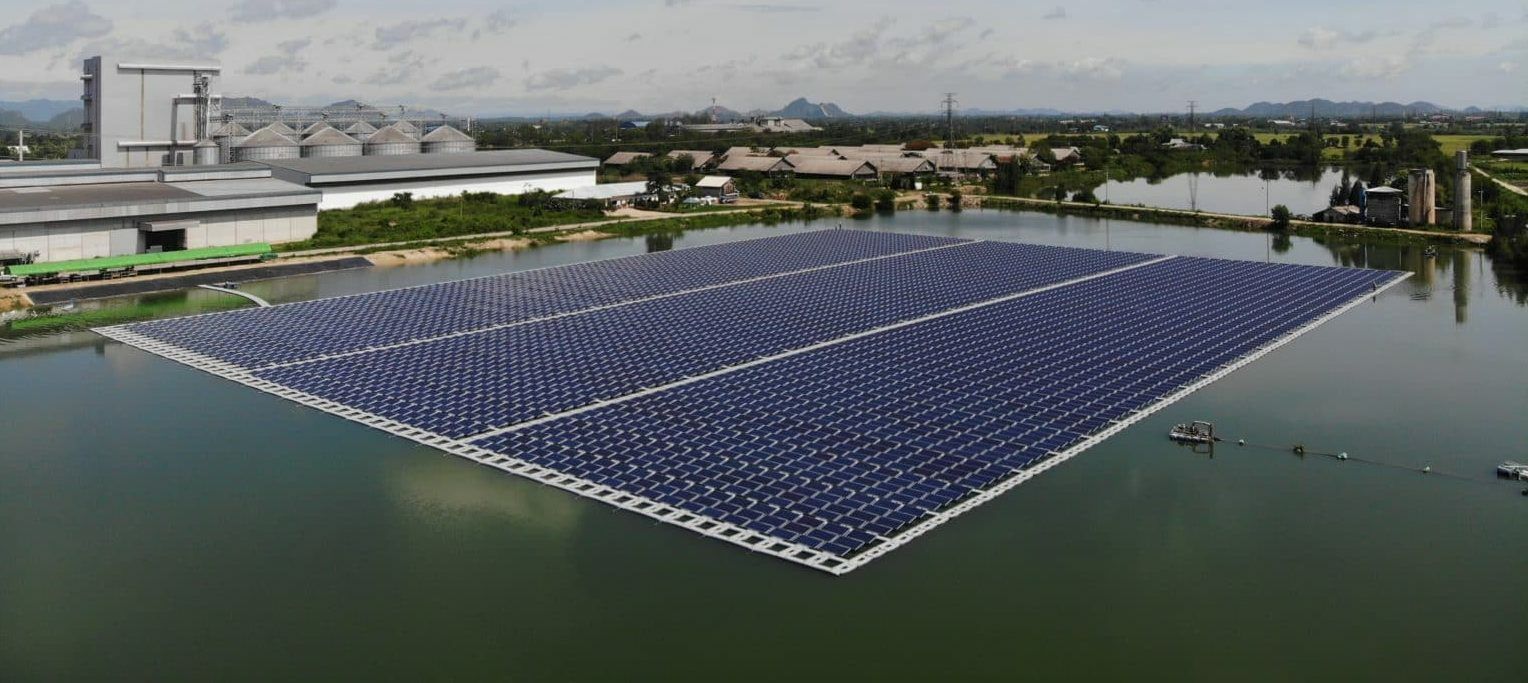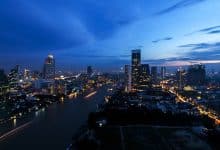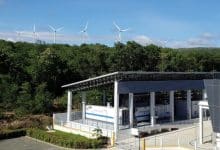Thailand eyes cleaner energy with new power plan for 2024 to 2037

Thailand’s revised power development plan (PDP) is set to be submitted for approval after a week-long public hearing concluded yesterday, the implementation of the plan by year’s end, will steer the country towards cleaner energy.
Central to Thailand’s commitment to reducing carbon dioxide emissions, the PDP is expected to provide a clearer path for the nation. Thailand announced its commitment to achieving carbon neutrality by 2050 at the 26th UN Climate Change Conference in Glasgow in 2021, demonstrating its commitment to balancing carbon dioxide emissions and absorption.
The new PDP, covering the period from 2024 to 2037, highlights increased renewable energy use, improved power supply management, and an initiative to adopt nuclear energy. This plan is part of the national energy plan, which includes the alternative energy development plan, energy efficiency plan, oil plan, and gas plan.
Businesses and households will be invited to share their views on the national energy plan before it is sent for approval this year to the National Energy Policy Council, chaired by Prime Minister Srettha Thavisin.
The revised PDP aims to increase the proportion of renewable energy to 51% by 2037, up from 20% last year. Gas will make up 41%, a slight decrease from 57% in 2023. Coal is projected to account for 7% by 2037, a substantial decrease from 20% last year, while nuclear energy and new solutions will contribute the remaining 1%.
Most of the additional renewable power is expected from solar energy, supplemented by wind, biomass, biogas, floating solar panels, waste-to-energy projects, mini-hydropower plants, geothermal power, and renewable electricity imported from neighbouring countries.
Replacing fuel
Director-General of the Energy Policy and Planning Office (EPPO) Veerapat Kiatfuengfoo stated that roughly 5% of gas fuel will be replaced by hydrogen, with this proportion set to increase to 20% between 2035 and 2037.
Thailand has yet to decide whether to use blue hydrogen, a natural gas-based with carbon capture and storage, or green hydrogen, produced using electricity generated from renewable energy to split water into oxygen and hydrogen.
Thailand’s total electricity supply is expected to reach 112,400 megawatts (MW) in 13 years, up from 53,868MW last year, mostly generated from fossil fuels. The PDP employs the loss of load expectation (LOLE) method to manage the power supply more effectively, estimating the number of hours electricity supply cannot meet actual demand annually.
Using more clean energy is beneficial but raises concerns about intermittent output from solar and wind power, which are weather-dependent. The LOLE method is suitable for higher use of renewable resources, as their power supply is monitored hourly, according to EPPO.
Veerapat stated that the new PDP sets a ceiling for carbon dioxide emissions from the power generation sector at 41.5 million tonnes in 2050, down from 100 million tonnes in 2025 and 101 million tonnes in 2020.
However, many Thai energy companies caution that the target is inadequate for achieving carbon neutrality by 2050. The Federation of Thai Industries (FTI) advocates for more electricity generation from solar energy, biomass, and biogas.
Lower costs
Chairman of the FTI’s Renewable Energy Industry Club, Natee Sithiprasasana noted that the cost of a solar power generation facility with an energy storage system is decreasing, with a current power tariff of 2.8 baht per kilowatt-hour, lower than gas-fired power plants.
Natee added that authorities should also promote biomass and biogas, given Thailand’s abundance of raw materials and equipment for these fuels.
SET-listed Absolute Clean Energy Chief Executive Tanachai Bunditvorapoom urged the government to increase the renewable energy proportion, stating that while the renewables scheme overseen by the Energy Regulatory Commission (ERC) is a good initiative, it is insufficient for meeting the 2050 goal.
The ERC has already auctioned renewable power development projects with a capacity of 5.2 gigawatts (GW) and plans to auction more this year under a second phase with a capacity of 3.6 GW.
EPPO Deputy Director-General Sarat Prakobchart acknowledged at the public hearing that the government is trying to significantly reduce the fossil fuel proportion but still relies on it to ensure a stable electricity supply. Thailand must consider the costs of various energy types to control the power tariff.
Nuclear energy, particularly small modular reactor (SMR) technology, is being considered as an alternative energy source. SMRs, with a power generation capacity of up to 300MW per module, could be developed between 2036 and 2037, according to Veerapat. However, any nuclear power plan must pass a public hearing due to its contentious nature in Thailand.
Global Power Synergy Plc (GPSC) is exploring SMR technology in collaboration with Denmark-based Seaborg Technologies, with a study expected to take four years.
GPSC President and Chief Executive Worawat Pitayasiri emphasised the importance of learning and exchanging technological knowledge for informed decision-making regarding a potential SMR project in Thailand, reported Bangkok Post.
Latest Thailand News
Follow The Thaiger on Google News:


























